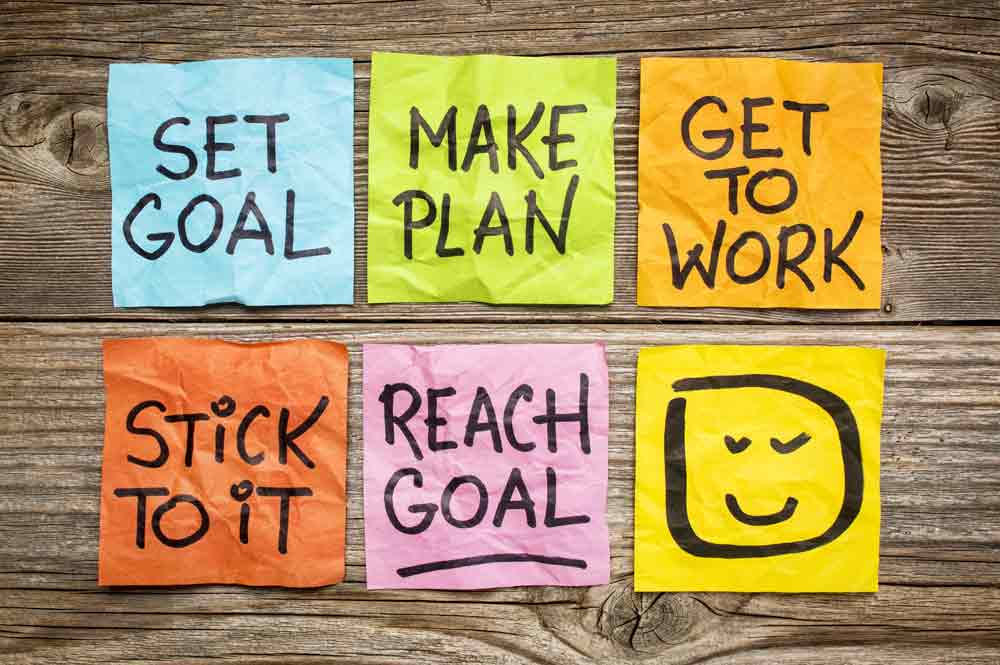 In the midst of our busy lives, we sometimes find it so challenging to take time to sit down and really listen to our children read aloud. Instead, we often find ourselves telling our children to read to themselves while we are busy cooking dinner, doing laundry, or writing a brief. However, this time with your child can actually be more valuable than you think.
In the midst of our busy lives, we sometimes find it so challenging to take time to sit down and really listen to our children read aloud. Instead, we often find ourselves telling our children to read to themselves while we are busy cooking dinner, doing laundry, or writing a brief. However, this time with your child can actually be more valuable than you think.
Oral reading is a skill in itself because it provides the opportunity for you as the parent to monitor and correct errors when your child is reading at home. While some parents may believe that correcting their child during reading interrupts their fluency and hampers their self-esteem, it actually stands to support and improve their reading skills. This is the very reason you should prioritize taking time to carefully listen to your child read aloud.
In order to ensure your child’s accuracy and efficiency when they read aloud, it is important to keep the following in mind. If your child misreads a phonetic word, a word that can be read by sounding it out, you should point to the word and ask your child to reread it and sound it out. If your child misreads a non-phonetic word, or a word that cannot be read by sounding it out, then you should ask your child to write the word down because writing the word helps you read the word better. In this case, you can also ask your child to skywrite the word, which is writing the word in the air using your finger. This technique is especially helpful during oral reading, so as not to overwhelm the child with writing. If you notice that your child skips words or often loses their place, it is important to teach your child how to “finger glide.” This involves placing your pointer finger under each word as you read it. If your child is uncomfortable with using a finger, you can suggest using a pen to substitute. If you notice that your child is reading in a labored manner, it is important for you as the parent to reread that paragraph or page, so that the meaning of the text does not get lost.
It is important to recognize that your child is probably still learning to read, and has not mastered all the skills necessary thus far. Setting individual goals with your child to work at one sitting period can help smooth the process and make it more enjoyable. For instance, one day you can work on “finger gliding” and another day you can work on intonation. When correcting your child, it is most helpful to model for them. Then your child can have a turn in order to practice reading aloud.
Happy Reading!
Written by: Editorial Team, My Learning Springboard, Inc. For
For  Very often your child is required to read and log as part of
Very often your child is required to read and log as part of  If you ask students what it takes to get good grades, many would probably say “being smart” and
If you ask students what it takes to get good grades, many would probably say “being smart” and